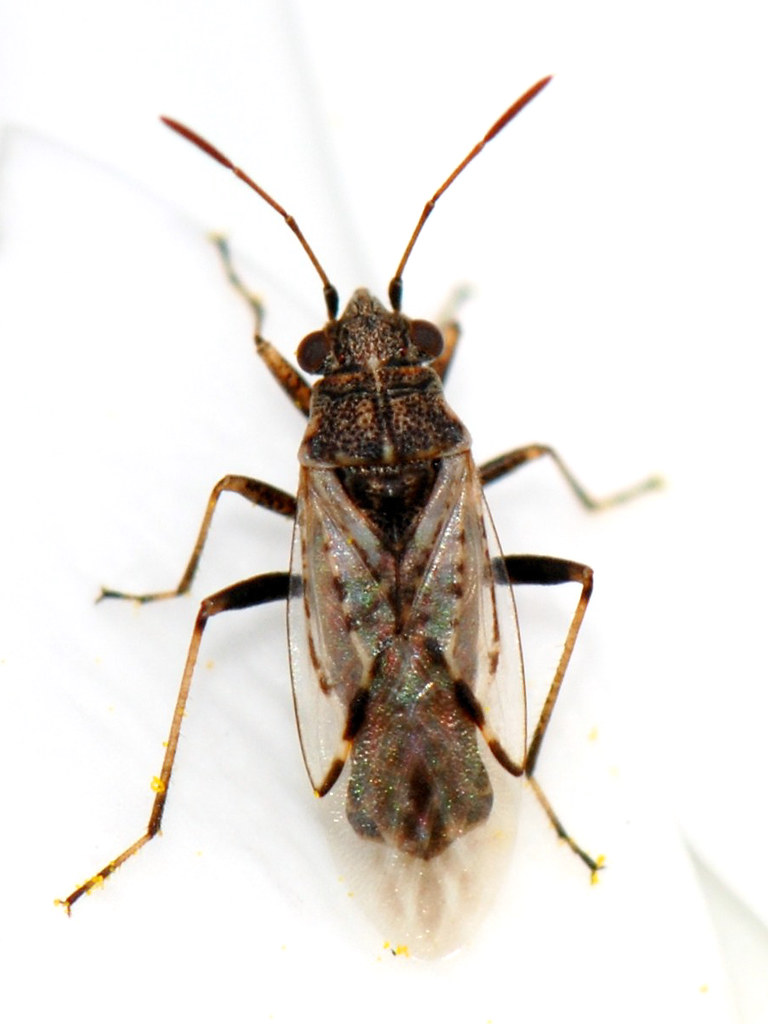
A few months ago, we had a post on the subject of post-accident insurance company investigations and when the attorney work-product doctrine is triggered to protect investigation materials from discovery in civil litigation. We predicted that the defendant’s privilege claims, by and large, would prevail.
The underlying case relates to fumigation of a food-packaging facility and alleged extensive plant damage caused by the bug assassins.
A few days ago, U.S. Mag. Judge Hilde Bowbeer weighed in. (Whether our prediction was correct is somewhat unclear given Judge Bowbeer’s decision, as you will read below. But we’re inclined to believe we nailed it.)
The question, simply put, is whether a particular document could “fairly be said to have been prepared or obtained because of the prospect of litigation.”
The Court and the litigants focused primarily on the chronology. Defendant Copesan argued for a “privilege trigger date” of October 10, 2016. Plaintiff S.T. Specialty argued that the “trigger date” after which Copesan could claim the privilege was not until April 27, 2017.
Mag. Judge Bowbeer rejected both dates, deeming the critical date to be November 17, 2016. In her view, this was when “the tenor of the interactions between S.T. Specilaty and Copesan…shift[ed]…” This was the date when S.T. Specialty sent an accusatory letter to Copesan (here at p. 13).
The “trigger date” is only part of the inquiry, however. Post-trigger-date materials must still be evaluated to determine whether they were prepared because of the prospect of litigation (here at p. 16). To determine that, Judge Bowbeer set up a framework for in camera review of a sample of post-trigger-date materials.
